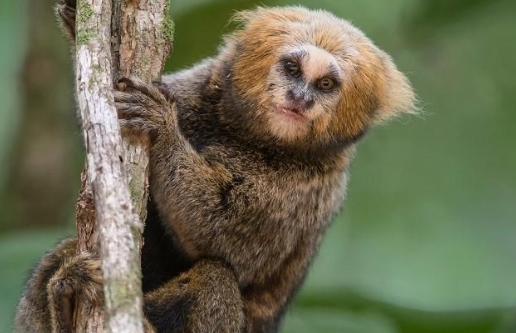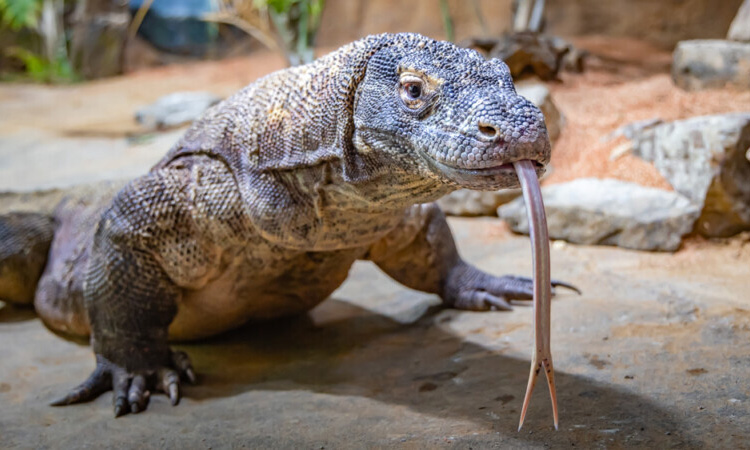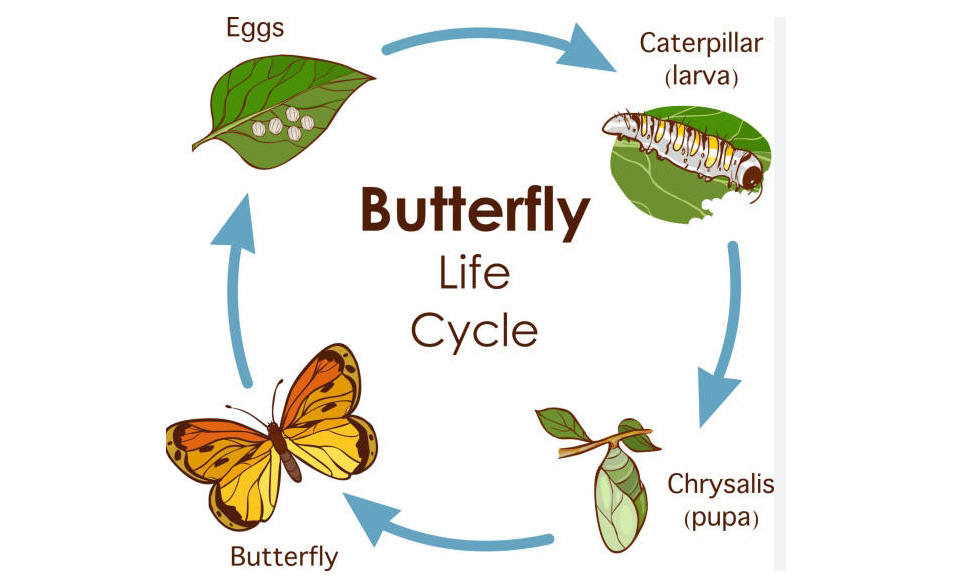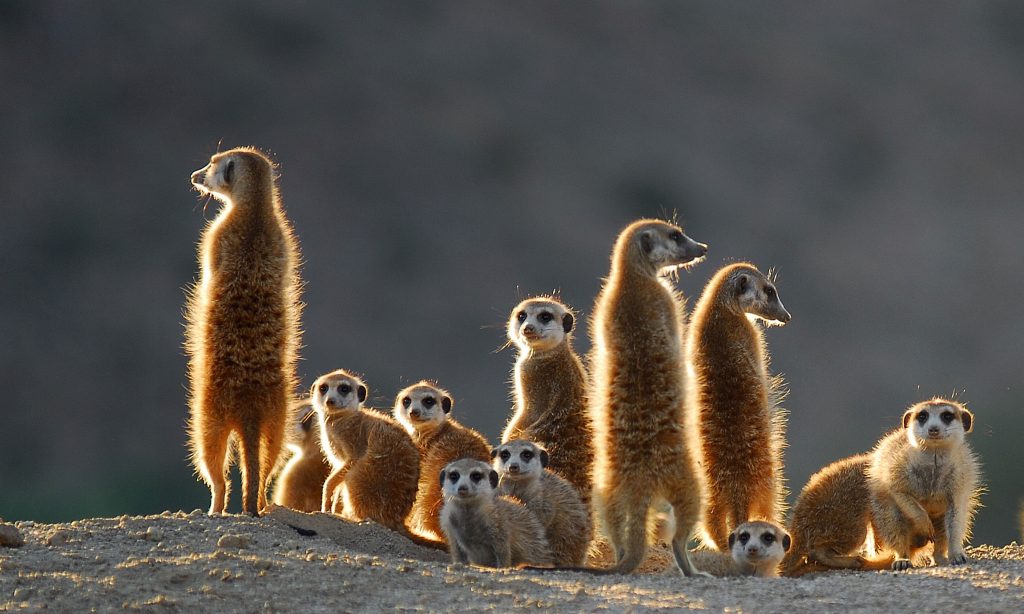Marmosets are fascinating creatures that belong to the family Callitrichidae. Here is a guide to some of the different species of marmosets that can be found around the world.
Common Marmoset (Callithrix jacchus)
The common marmoset, also known as the white-tufted marmoset, is native to Brazil, where it can be found in the Atlantic coastal forests. These small primates are known for their distinctive white tufts of hair on their ears, which give them a unique appearance.
Pygmy Marmoset (Cebuella pygmaea)
The pygmy marmoset is one of the smallest primates in the world, with an average adult weight of just 100 grams. These tiny marmosets can be found in the rainforests of South America, where they live in small family groups and feed on insects, fruit, and sap.
Golden Lion Tamarin (Leontopithecus rosalia)
The golden lion tamarin is a critically endangered species of marmoset that is native to the Atlantic coastal forests of Brazil. These stunning primates get their name from their long, flowing manes of golden fur, which make them stand out in their forest habitat.
Black-Tufted Marmoset (Callithrix penicillata)
The black-tufted marmoset is native to Brazil and can be found in a variety of habitats, including forests, savannas, and agricultural areas. These marmosets are known for their black tufts of hair on their ears and their vocalizations, which they use to communicate with one another.
Lion Tamarin (Leontopithecus)
Lion tamarins are a group of four species of marmosets that are native to Brazil. These primates are known for their striking appearance, which includes a mane of fur around their faces and long tails. Unfortunately, lion tamarins are also listed as endangered due to habitat loss and fragmentation.
In conclusion, marmosets are an intriguing group of primates that come in a variety of shapes, sizes, and colors. By learning more about these fascinating creatures, we can better appreciate the diversity of life on our planet and work towards protecting their natural habitats for future generations to enjoy.




